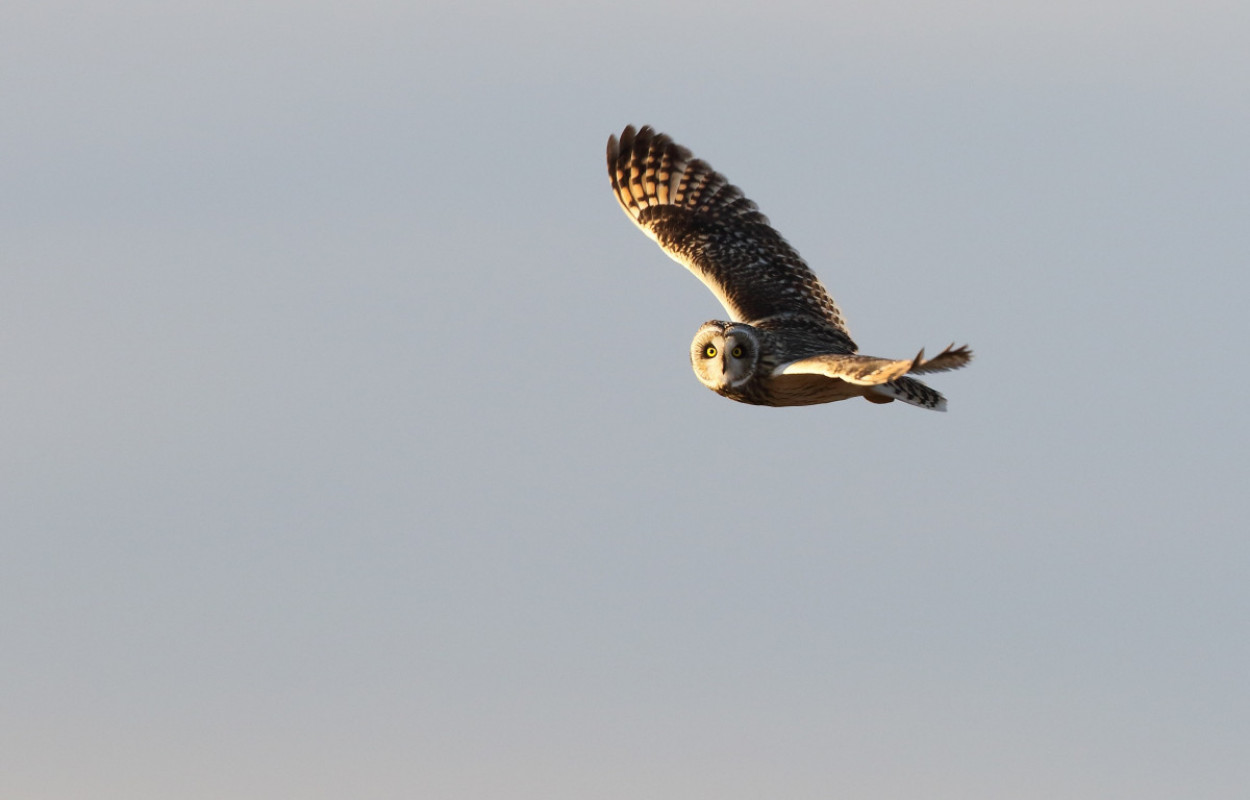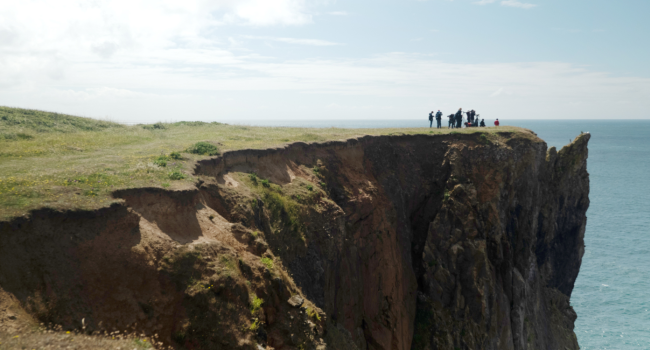Sensitivities to land use change by breeding Short-eared Owl (Asio flammeus) in Britain

Author(s): Border, J.A. & Calladine, J.
Published: June 2021 Pages: 12pp
Journal: Airo Volume: 29
View publicationPopulations of Short-eared Owls are declining across many parts of their range, including here in Britain, where their breeding range contracted between 1990 and 2010. The relationships between a species’ breeding distribution and population trends with environmental variables can provide valuable information to conservation planners. By understanding these relationships it is possible to use Habitat Suitability Models to identify areas of habitat that are suitable for a species, which in turn can be useful when designating protected areas or nature reserves, or when highlighting areas where new planning developments would have an adverse effect.
This paper identifies the potential environmental determinants of Short-eared Owl distribution and change within Britain, using a review of the species’ known ecology from published literature and ongoing telemetry studies of habitat use. The resulting analyses, using data from the 1988–90 and 2008–11 breeding bird atlas projects, identified the importance of several environmental variables, including: semi-natural habitats, temperature, rainfall, elevation, slope, woodland cover, young growth stage forests, vole occurrence and measures of predator occurrence.
The work identifies a number of threats to the current status of Short-eared Owl in Britain, including forest expansion and changes in moorland management. If forest expansion results in the loss of the semi-natural open moorland and grassland habitat used by the species, then this could result in further range loss. Additionally, the work suggests that the mechanisms associated with moorland management are likely to be associated with changes in predation risk.
Opportunities for restoring Short-eared Owl breeding populations include restoring areas where predator densities are naturally low, increasing areas where densities of ground predators are maintained at low levels and adapting forest management plans to support open habitat specialists. Although limitations for breeding Short-eared Owls undoubtedly included the distribution of their favoured prey, voles, detection of their significance in models was limited by data on vole distribution and abundance.
Further work to develop an effective conservation framework for Short-eared Owls in the UK, as identified by this study, will require: (i) improved monitoring to better understand the nature and distribution of change; (ii) more refined models that include variables which could act as proxies for vole availability; (iii) a better understanding of the role of habitat interactions at their interfaces (e.g. such as that between areas of forest and moorland); and (iv) better understanding of the role of intra-guild relationships among predators that may affect Short-eared Owls.








Share this page